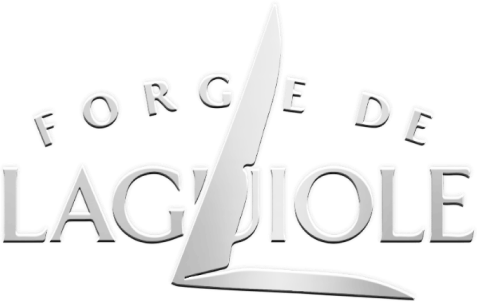Subtotal: 138,00 €
Bee or Fly on Laguiole knives ?

This small insect on the Laguiole knife has been the subject of much debate for decades.
On the historic Laguiole folding knives were numerous decorative motifs: the scallop shell, reminiscent of the Way of St. James that passes through the Aubrac plateau, the lily, the four-leaf clover, but also animals. This decorative tradition was born in 1880, each cutler gave free rein to his imagination to create a unique detail that highlighted the talent of each. The motifs were often inspired by the Aubrac plateau, which was a fertile land for its inhabitants.
In the 1910s, the bee became the emblem of the Laguiole knife. It was also during this period that the legends were born.
Reward from Napoleon? As the imperial symbol of Napoleon on the knives, according to legend, this is a tribute to the courage of the people of Laguiole by Emperor Napoleon.
Symbol of the Aubrac? The bee is essential to the richness of the soils of the Plateau de l’Aubrac. It ensures the pollination of the flowers that cover these rich pastures with lush grass appreciated by the herds.
Bee or fly?
One thing is certain, the fly is the technical term for the “head” of the spring, which is formed flat and then chiseled with the desired motif.
We also know that the first knifemaker to use the bee as a motif was Jules Calmels.
At Forge de Laguiole, the bee can be made under a mechanical press, as in our “Tradition” series, or it can be chiseled by hand by the knifemakers, as in our “Collection” series. In each of these series, the bee remains forged, it is an integral part of the spring.
Stéphane Rambaud, our art knifemaker, makes custom knives where a variety of symbols (skull, flower, animals…) can be used instead of the bee.


